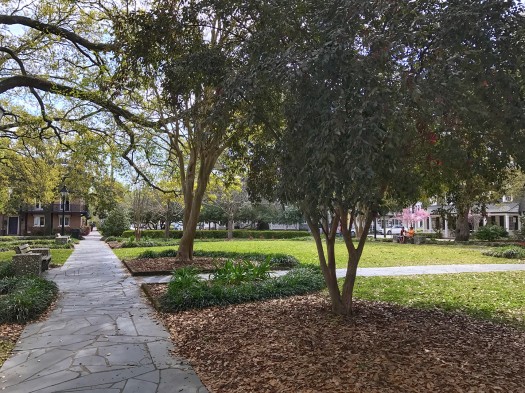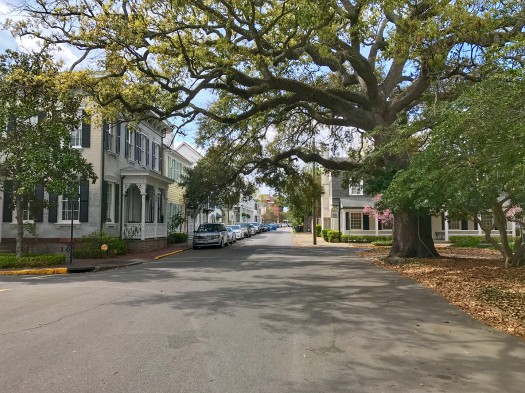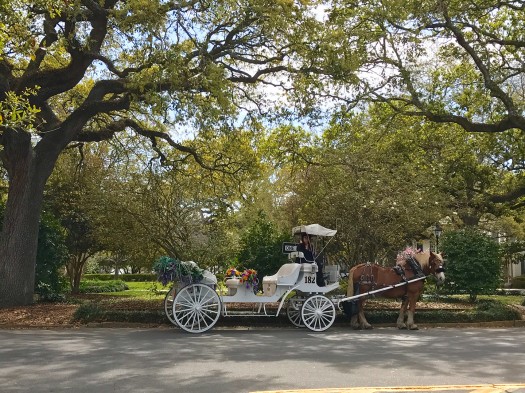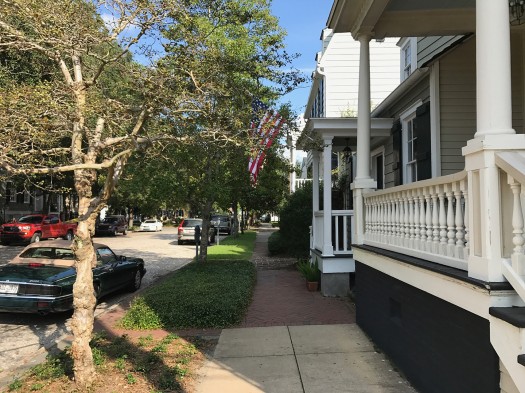A Placemaking Journal
Civic Space: Creating Community
 Public space, or as many urbanists refer to it, civic space, sets the stage for community building. The study of how we use public space has been refined by Jan Gehl over the last thirty years, since the publication of his Life Between Buildings in 1987. A couple of weeks ago, Gehl released his Public Life Data Protocol, in an attempt to establish a standard method for the global collection of data on how we inhabit our civic spaces. And help the rest of us become better urban observers.
Public space, or as many urbanists refer to it, civic space, sets the stage for community building. The study of how we use public space has been refined by Jan Gehl over the last thirty years, since the publication of his Life Between Buildings in 1987. A couple of weeks ago, Gehl released his Public Life Data Protocol, in an attempt to establish a standard method for the global collection of data on how we inhabit our civic spaces. And help the rest of us become better urban observers.
We’ve blogged extensively here about what it takes to make a great plaza. Scott Doyon wrote recently about attachment to place, and its power in strengthening neighborhoods. Today, I’m thinking more of a simple anecdote about a public place that moved me.
In September, I had the privilege of seeing how civic space can create the stage for place attachment and a sense of connection between neighbors. The CNU Board met in Savannah to plan for the Congress that will be there next May. The Downtown Alderman, Bill Durrence, hosted us at his townhouse on Washington Square one evening.
To set the context, Washington Square is in the NE corner of the Historic District. It is two blocks south of Bay Street, two blocks north of Broughton Street, at the eastern edge of Downtown. It is a quiet neighborhood square with minimal tourist traffic, even though it’s adjacent to the Brice Hotel. I wrote about the Oglethorpe Plan of Savannah a few months ago, and the squares being the organizing element of the plan’s fabric. Of all the squares, this one may be the hidden jewel, with the unrecognized value being the neighbors.
In September, a few of us arrived early and seeing a group gathering in Washington Square, we assumed that might be the reception. We introduced ourselves and discovered it was a group of neighbors that met there every Friday evening for drinks and conversation. They told us stories of the evolution of the practice and how the participation varies from week to week. Strangers are welcome. The group has a close relationship with the Brice Hotel and Pacci, the restaurant on the corner. I asked if they thought the square played a role in the connections of the group, and the answer was a clear affirmative. One gentlemen discussed the difference in the inclusion possible between a front porch and a square. With a porch, you can get to know your neighbors, but the size is limited and your presence is by invitation only. In a square, you get to know your neighbors as a group, and even random strangers like our little band of CNU folks are welcome. The extensive group of dogs also would not be possible in a more confined environment.
Physically, Washington Square isn’t exceptional. There is no monument to a historic figure, no piece of public art, and no famous person’s house. (Visit-Historic-Savannah.com, 2017) But it has all the critical pieces for neighborhood placemaking. There is ample shade. The sidewalks provide direct routes from adjacent streets. There are benches for resting, reading, and enjoying a beverage. The adjacent houses are well-proportioned and attractive, with engaging frontages. It isn’t dramatic or breathtaking, but is exactly the sort of stage upon which neighbors can build relationships.
We were there when Irma was making her way north, and Savannah had a mandatory evacuation looming the next day. This likely made the power of the place even more notable. A colleague and co-chair of the CNU Local Host Committee, Kevin Klinkenberg, recently wrote about the experience of the city under evacuation, and the special bond that is created between residents in an emergency. That Friday evening, Irma was central to the conversation. Neighbors were discussing who was staying and who was leaving, volunteering to watch after each other’s homes, asking about people they hadn’t seen lately, and reminiscing about the Matthew cleanup last year. They told stories about spontaneously showing up in the square to gather debris and cut broken branches. They told about the Pacci owner sending over a keg of beer as his contribution. In fact, that evening, Pacci was providing free drinks to the neighbors in preparation for Irma. This is a powerful example of the place attachment Scott discussed.
While this post is a simple story about the social value of civic space, the Future of Places Research Network is currently compiling a database of the many factors that are connected through civic space.
… public space is a broad inter-disciplinary topic, and most investigations have focused on some narrower aspect of public space – for example, the economic exchanges that happen there, or the different ethnic groups that are present, or other topics from economics, anthropology, public health, or other fields.
But precisely because public space is a cross-cutting disciplinary subject, it has the capacity to provide a lens on how many of these other issues are connected.
I mentioned the fiscal challenges to maintaining public space in the prior Savannah post, and while the initial capital investment, along with the long term maintenance, may seem daunting, there is substantial data showing the significant return on the investment. It often seems that we can’t justify an investment in public good without a positive fiscal return. Fortunately, studies show the return on investment in civic spaces includes public health, market value of both residential and commercial properties, and environmental benefits. (Lee, A.C.K., Jordan, H.C., & Horsley, J., 2015)
As city park budgets are stretched, it is easy to prioritize large structured recreation facilities rather than the small urban spaces. However, from the vantage point of equity, health, and place attachment, the small spaces have significant return. James Oglethorpe understood the power of the neighborhood space, and the Congress next year has many urbanists eager to learn from Savannah. In the mean time, check out the #FBCIForum this week for tips on how to lower the barriers to human-scaled public space and #PlacemakingWeek for inspiration from Amsterdam.
Back to Washington Square in Savannah, what moves me about this public space is its ability to convene community. The square provides an accessible place of solace and celebration. In the end, as I’ve said before, it’s not about the buildings, or even the streets. It’s about the experience.
All photos are CreativeCommons ShareAlike License with Attribution to Susan Henderson at placemakers.com, unless otherwise noted. Click any image for a larger view.
If PlaceShakers is our soapbox, our Facebook page is where we step down, grab a drink and enjoy a little conversation. Looking for a heads-up on the latest community-building news and perspective from around the web? Click through and “Like” us and we’ll keep you in the loop.







